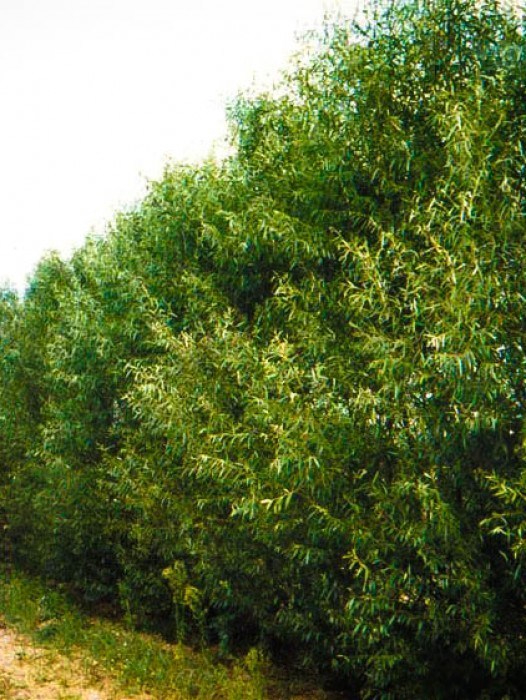
Inoculating your lawn with parasitic nematodes to help attack the grubs.Ī systemic insecticide can be used to protect your plants from the inside out. Best for use in smaller areas and isn’t wildly effective. Spreading Diatomaceous Earth into your lawn will help kill the grubs, but may harm beneficial insects like earthworms. Inoculating Milky Spore into your lawn may help but it takes several years for it to become effective and is best done for smaller areas.

Natural alternatives you can also use are Insecticidal soap or Neem oil-based insecticides to help control them directly. Insecticides can be used - just be careful to read the label for use on the plant you will be treating.

So simply allow them to drop right into your soapy water trap! No touching needed. These insects' main defense is to drop to the ground and try to crawl/fly away. Hold a bucket of soapy water under branches and shoots - knocking the bugs off into it to drown. Handpick them off the plants and drop them in a bucket of soapy water What is a natural way to get rid of Japanese Beetles? Probably the easiest and most environmentally-friendly way is to physically remove the bugs from the plants - keeping in mind that they continue to hatch for 6-8 weeks! What can you do to get rid of Japanese Beetles? During that time they lay eggs in your lawn and start the cycle all over. This part of their life cycle does give you a chance at destroying the grubs in watered lawns and large expanses of turf areas like golf courses and watered parks.Īdults are great fliers and can traverse several miles to feast and find a mate, but only live for only about 60 days. Grubs are active and feed on the roots of your lawn when soil temperatures are over 60☏.
#Buy wandering willows full version plus#
Their garden victims include: Legumes like beans and peas, Strawberries, Tomatoes and Peppers, Grapes and Hops, everything in the Rose family, some Maple trees, Linden trees, fruiting and flowering trees such as Cherry, Pear, Plum, and fruiting Peach trees, plus your Raspberry Blueberry and Blackberry plants are all susceptible, among many others!ĭepending upon where you live, the beetles are first noticed in late June or early July, sometimes emerging as early as late May! Grubs can be very drought resistant and simply dig deeper during drought, but on the flip side, they tolerate high soil moisture just as easily! Excessive rainfall or watering your lawn frequently won’t seem to phase them. They eat the flowers and leaves, or even the fruit, of more than 300 species of plants! By chewing off the roots, your grass isn’t able to take up water and as a result, dries out in the heat and drier portions of the summer months.Ĭertain plants are huge magnets for Japanese Beetles. These little grubs are the reason for the brown spots and sparse areas that develop in your yard. Plus these beetles can completely mow down entire blooms. They eat the tissue between the veins in the leaves leaving the leaves looking skeletonized or like brown lace. The shiny brown beetles have an iridescent green sheen and are actually very pretty! Unfortunately the damage they wreak on your prized Roses and the costly damage to food crops have vilified them immensely!Ĭommonly found feeding on the newest growth of plants they like.

The adults consume the leaves of a wide range of plants. When Japanese Beetles (Popillia japonica) move into an area, they have a voracious appetite and can destroy everything in their wake!Īs larvae, Japanese Beetles feed on the roots of many varieties of watered turf grasses. Do you have a problem with Japanese Beetles or are they just moving into your area recently? Maybe you don’t see the beetles, but suddenly your flowers and leaves were skeletonized overnight?Įvery June or early July in the Midwest (though it may vary depending upon where you are located), we gardeners weep as we see the tell-tale holes and damage to our prized blooms and leaves.


 0 kommentar(er)
0 kommentar(er)
